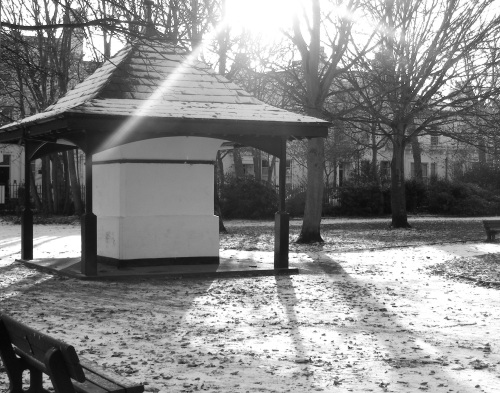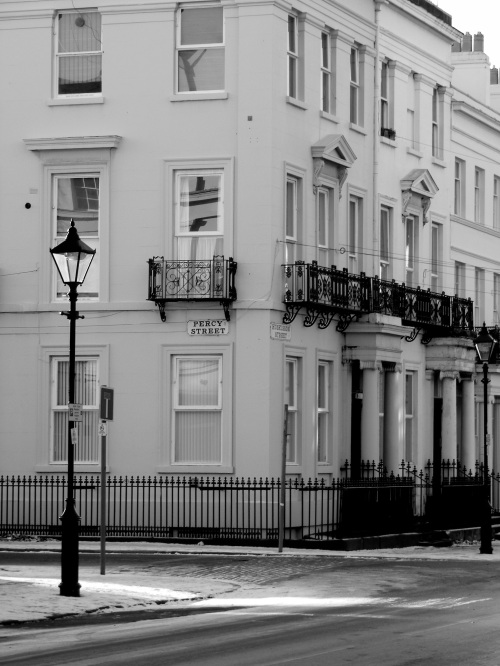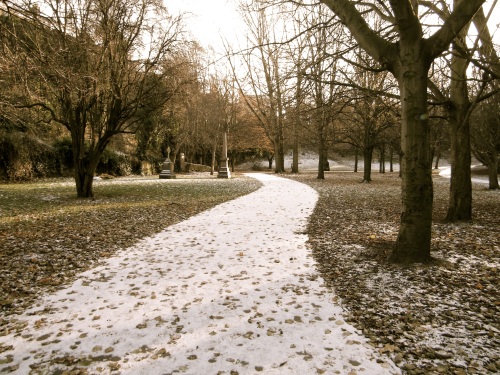Everybody has childhood memories, and most of us love hearing those of others. Our parents and grandparents fascinate us with stories of a past that seems like ‘a foreign country’. Here are a few memories of Jack Jones, the Trades Union leader who died last year at the age of 96, about growing up in Garston:

Jack Jones
Jack Jones wrote about his childhood in his autobiography, ‘Union Man” (1986):
My home was in York Street, Garston, in the south end of Liverpool – a long street of poor and mean terraced houses. They had two rooms up and two rooms down, generally in a decaying state. They had been built some time in the last century – obviously with the minimum of cost – to house labour for the nearby factories and docks. The houses were infested by rats, mice, cockroaches and bugs. Our rent was five shillings a week, and even that was exorbitant!
From a child’s point of view the street had one advantage: out of the maze of working-class streets it was the nearest to the Mersey river. We walked past the copper works, the tannery, Grayson’s shipyard, the bobbin works (making wooden bobbins for the textile industry), a derelict glass works and King’s ship-breaking yard and there we were on the shore, a wonderful if muddy playground when we tired of playing our games in the the street.
There was no gas or electricity, so we had a paraffin lamp downstairs, but otherwise we used candles. I was the youngest of five children and my three brothers and I slept in one of the two bedrooms – and when we were very young, we were all in one bed.
None of the houses in the street had an inside lavatory or a bathroom – we bathed in a tin bath once a week, and that wasn’t easy, as the water had to be heated on our single coal fire. Every morning a lad would trundle a metal barrel on wheels round the street, shouting “Lant!” – which meant urine, for use in the pickling process in the local copper works. The women would go out and empty the contents of their chamber pots into the barrel.
I left school, aged 14, and went to work at a general engineering firm, making components for Graysons as well as Harland and Wolff, the shipbuilding and ship-repairing firms.
Read Full Post »











































